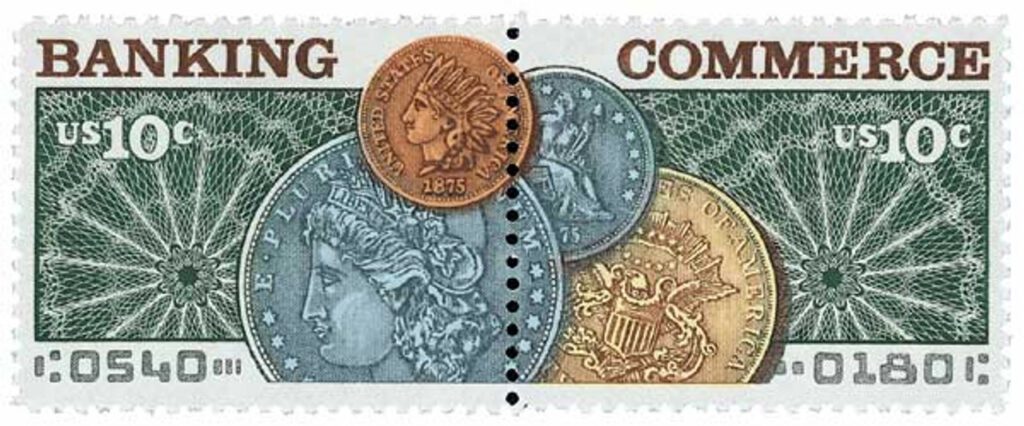On February 3, 1690, the Massachusetts Bay Colony issued the first paper money in America.
Prior to this, settlers in America used silver coins. In 1652, the Massachusetts Bay Colony began minting their own coins, even though it was against British law. The British eventually shut down this mint, leaving few of these coins in circulation.
Then in 1689, the British wanted their American settlers to fight the French in Canada. However, they rarely sent money to the colonies, so there wasn’t any money to pay the soldiers with. The British government then came up with a new idea – to issue certificates instead of coins. Each piece of paper represented the value of coin and could be redeemed at a later time for “real money.”
The first of these certificates, called a “bill of credit,” was issued on February 3, 1690. Paper money proved to be a successful experiment and its use continued in Massachusetts and soon spread to the colonies. At the time, American settlers trusted that their government would pay them – and the government did when people asked to redeem them. This paper money could even be traded and spent as is if it was a gold or silver coin. Of course, even back in the 1600s there were people that wanted to cheat the system and created their own forgeries of these certificates that were often indistinguishable from the real issues. (Click here to see one of the forgeries.)
These bills were called pounds, after the British currency, the pound sterling. However, the actual values didn’t match up. For instance, a Massachusetts pound was worth fewer British pounds than a New York pound, which made trade between the colonies very complicated.

During the Revolutionary War, the Continental Congress issued new paper money known as Continental currency, or simply Continentals. However, the value of this currency depreciated a great deal during the war, leading to the phrase, “not worth a continental.” Part of the issue was that the monetary system wasn’t the same in Congress and the states, which still issued bills of credit. According to one historian, “Some think that the rebel bills depreciated because people lost confidence in them or because they were not backed by tangible assets. Not so. There were simply too many of them.” Additionally, the British counterfeited large numbers of Continentals, further lowering their value. As a result of the failure of the continentals, the US Constitution states that states cannot issue bills of credit or “make any Thing but gold and silver Coin a Tender in Payment of Debts.”
In the coming years America’s banking system developed and grew. Private banks issued paper money, but they were easily counterfeited and there were a huge variety of different types. In 1861, the United States began printing paper notes to finance its Civil War operations. Since the back of the notes were printed in green, they were commonly referred to as “greenbacks.” Then on February 25, 1863, President Lincoln signed the National Banking Act, which set the dollar as the sole American currency and established nationally chartered banks backed by the US government. Paper money has remained in use ever since.
Click here to explore our vast coin inventory.
Click here for more about the history of US currency.
| FREE printable This Day in History album pages Download a PDF of today’s article. Get a binder or other supplies to create your This Day in History album. |
Discover what else happened on This Day in History.




Nothing has changed. They are still printing and spending it. can’t find a silver certificate any more. They are not worth a “Red” cent.
“Red” because of the copper color.
I like the line from the Constitution about the states using gold and silver for currency. When was the last time a state minted its own coinage?
There were three general types of money in nthe colonies of British America. Specie (coins), paper money and commodity money. Commodity money was used when cash (coins and paper money) was scarce. Commodities such as tobacco,beaver skins, and wampum (traditional shell bead) served as money at various times and places.
During the height of the Pandemic-2020, there were places-certain restaurants that accepted toilet paper as currency, that one would use to pay for a meal. The idea of using items other than money, can be traced to a system known as ‘barter’ which dates to pre-ancient times.
please, Please, PLEASE stop saying America when you mean The USA. So sick of changing that every time I repost.
Thank you